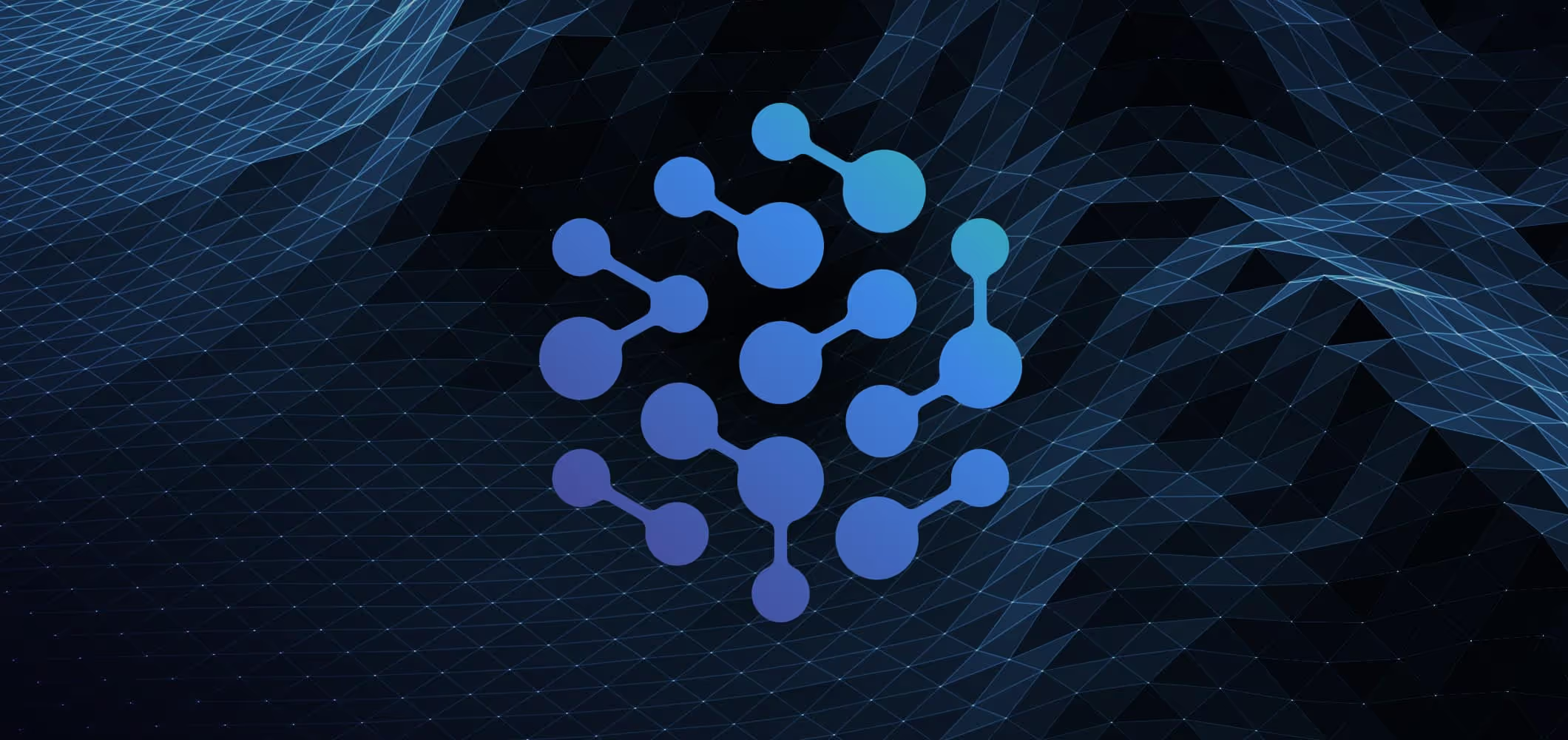This blog is the technical sequel to our white paper on AI-ready knowledge. The white paper explains the why—why knowledge is a strategic asset in AI-driven contact centers. Here, we focus on the how—how Cresta has built new models, retrieval pipelines, and infrastructure to transform messy knowledge bases into machine-ready knowledge that truly supports real-time agent assistance.
The Promise and Pitfall of Knowledge for AI
Knowledge bases (KBs) are essential resources for customer-facing teams. They store product information, troubleshooting guides, policies, and procedures that agents rely on every day. But most KBs were designed for humans, not machines. They tend to be hierarchical, inconsistent, and filled with duplicates or multiple versions of the same content. A human can skim, interpret, and reconcile these materials. AI, on the other hand, needs clean, structured, and relevant context to operate
This creates real challenges for Large Language Models (LLMs). When the knowledge retrieved is noisy, contradictory, or incomplete, the model struggles to ground its answers and often defaults to guessing. That can mean hallucinations, vague answers, or even incorrect guidance in customer conversations. The critical piece missing has been a way to close the loop between an agent’s intent, the right retrieval strategy, and a response that is faithful to the knowledge base—all while operating within the sub-second constraints of live interactions. This is where Cresta is uniquely positioned: by inferring additional context from live conversations and combining it with trusted customer knowledge sources, we’ve focused our efforts on closing that loop and ensuring responses are both fast and accurate.
Building an Enhanced Knowledge Architecture
At Cresta, we’ve built an architecture that bridges the gap between human-authored KBs and AI-driven support. The result is a platform that detects when a question requires knowledge, understands what type of question it is, retrieves the exact right information with high precision, and generates answers that are both faithful and fast.
The system starts by identifying knowledge-seeking intents and routing the query according to its type. A “how-to” workflow, a policy question, or a troubleshooting request each requires different retrieval and generation strategies. This dynamic routing ensures the right approach for the right scenario.
Retrieval itself blends multiple strategies—semantic search, keyword-based methods, and layered reranking models—to filter through noisy KBs and find the most relevant information. Documents are pre-processed with LLM-guided chunking that creates self-contained passages instead of arbitrary fixed-size text slices, which greatly improves retrieval accuracy. s, For each customer, Cresta maintains a library of their most common question-and-answer pairs, enabling instant responses when confidence is high. For example, this might include a “how-to” workflow, a policy clarification, or a troubleshooting step. Every answer is accompanied by context that explains why a given source was selected, allowing agents to act with greater confidence.
What makes this architecture particularly effective is its focus on the realities of contact center work. It supports voice, chat, and email, and it is trained on contact center data so it performs well on both routine and long-tail scenarios.
This is not just about surfacing an answer; it is about proactively helping agents when they are under pressure to resolve complex customer problems in real time.
Moving Beyond One-Size-Fits-All Retrieval-Augmented Generation
While retrieval-augmented generation (RAG) has become a common way to combine LLMs with knowledge, many implementations fall short in production environments. They often rely on simplistic document chunking, apply a one-size-fits-all approach to questions, relying on crude “context engineering” that indiscriminately stuffs entire document sets into the model’s context, and depend exclusively on semantic similarity. The result is limited precision, weaker recall, and responses that are not fully grounded in the original source material.
Cresta’s approach goes further. We combine hybrid retrieval techniques with metadata weighting and query reformulation to ensure that both exact matches and nuanced semantic connections are captured. Our models enrich documents with summaries, tags, and deduplication at ingestion time, making the knowledge base far more machine-readable. By handling this complexity upfront, we minimize the processing required during live interactions. This improves latency, reduces noise, and ensures more consistent results. The design also scales more efficiently across thousands of concurrent conversations, keeping responses both fast and reliable. Retrieval is then followed by a layered reranking process, including an LLM-based ranker that ensures the passages match the context of the live conversation.
On the generation side, we emphasize faithfulness. Responses cite their sources directly and abstain from answering when the evidence is weak. Our models are trained with methods that minimize hallucinations and are continuously evaluated with LLM judges, human audits, and agent feedback in production. This gives leaders confidence that their agents and customers are receiving accurate, trustworthy answers.
Smarter Models for Better Knowledge Understanding
Cresta has also made significant internal advancements at the model level. Embeddings have been fine-tuned for the contact center domain, giving them a stronger grasp of industry terminology, product SKUs, and policy language. Queries that are ambiguous or incomplete are reformulated with business context, making it easier to retrieve the right information. While the internal query used to retrieve knowledge remains consistent across channels, the response model adapts its output based on the channel and scenario. The same query may yield responses that are formatted and phrased differently for voice, chat, or email interactions, ensuring the content feels natural and useful in each context.
Real-Time Architecture at Scale
To be useful, knowledge assistance must happen in real time. Our infrastructure is designed for sub-second retrieval and rapid generation, even across very large KBs. Model distillation and quantization reduce inference costs and latency, while optimized serving frameworks enable fast decoding. Caching and hot-shard indexing ensure that the most common queries are answered instantly. Updates to the KB are reflected quickly through delta indexing, so agents are never working with outdated information. And because large KBs can become unwieldy, we use intelligent sharding and routing strategies to prevent performance degradation as they scale.
Governance is another cornerstone. We apply per-tenant isolation, role-based access, and audit trails, giving leaders both security and transparency into how knowledge is being used. This turns knowledge from a static repository into a living system that adapts as the business evolves.
From Innovation to Business Impact
All of these technical investments serve a clear purpose: better business outcomes. Agents get faster, clearer, and more trustworthy guidance. Customers receive consistent and accurate answers, improving satisfaction and reducing repeat contacts. Leaders gain a knowledge base that is no longer static but a strategic asset that grows stronger with use.
In early customer deployments, we have seen significant improvements in answer relevance, lower hallucination rates, and meaningful reductions in latency. Feedback loops, both automated and human, ensure the system continues to improve over time. For organizations, this means better agent productivity, higher customer satisfaction, and stronger compliance outcomes.
Conclusion
Knowledge Assist is not about adding AI to a KB. It is about redefining the relationship between knowledge, live conversations and AI, retrieval, and generation work together seamlessly. The result is a system that delivers relevant, faithful, and fast guidance to agents when they need it most.
The white paper lays out the why, this post has unpacked the how. Now see it in action: explore the full white paper, request a demo, and discover how Cresta turns knowledge into measurable impact for your frontline teams.










